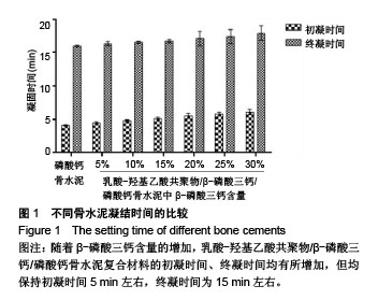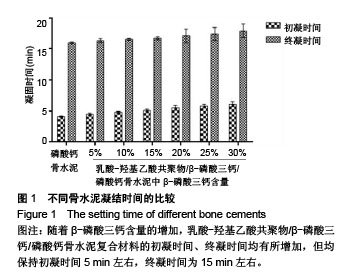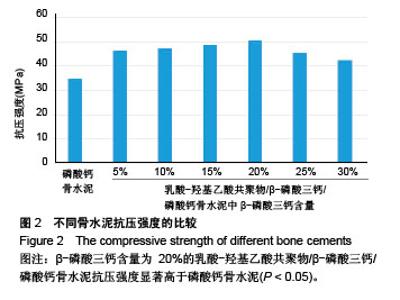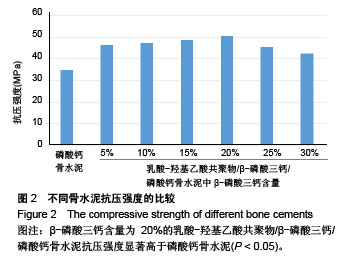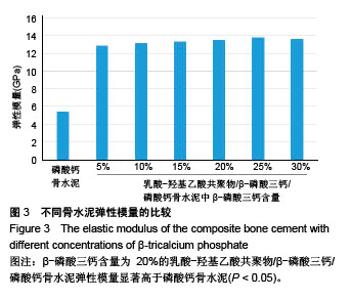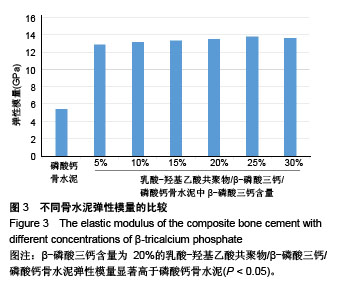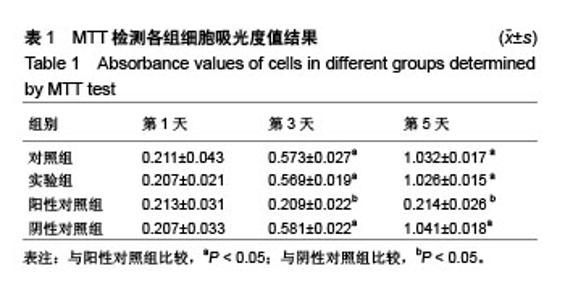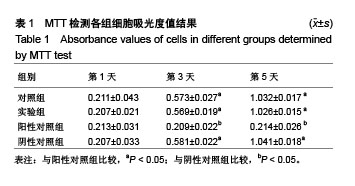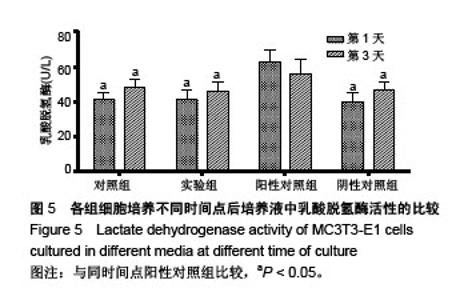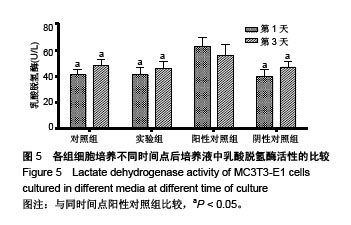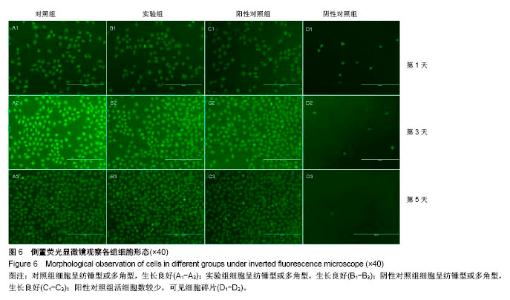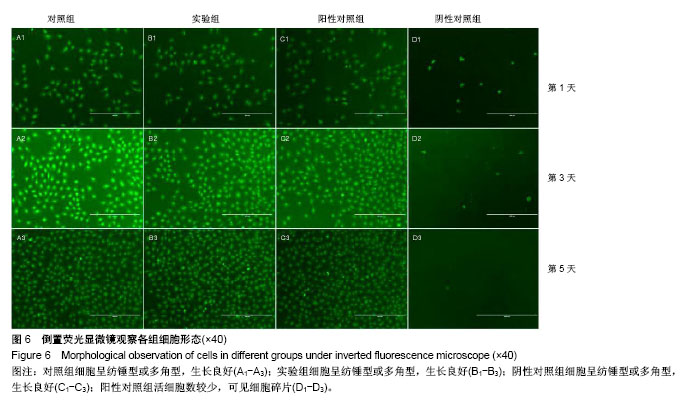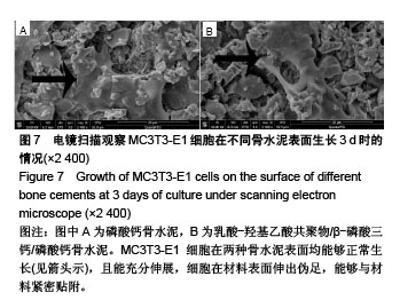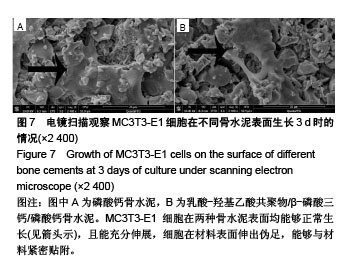| [1] 黄雷,田金翌,杨涛,等.创伤晚期胫骨缺损的病例回顾分析[J].中华创伤骨科杂志,2014,16(11):946-950. [2] 解琛,蔡锦方,李宗玉,等.髓内腓骨移植结合Ilizarov技术治疗胫骨感染性骨不连及骨缺损(附7例报告)[J].山东医药, 2014, 54(17):41-43. [3] Li BL, Liu L, Zhao WB, et al. Bottleneck and development trend of bone xenograft for the treatment of bone defect. Zhongguo Gu Shang. 2015; 28(12):1166.[4] 薛震,牛丽媛,安刚,等.可注射式纳米羟基磷灰石复合支架与骨髓间充质干细胞修复兔桡骨骨缺损[J].中国组织工程研究, 2015, 19(3):378-383.[5] Li P, Honda Y, Arima Y, et al. Interferon-γ enhances the efficacy of autogenous bone grafts by inhibiting postoperative bone resorption in rat calvarial defects. Prosthod Res. 2016; 60(3):167-176.[6] 杜辉,付勤.同种异体骨移植与自体骨移植修复四肢粉碎性骨折:骨性愈合及骨活性比较[J].中国组织工程研究, 2015,19(8): 1206-1210.[7] 马武秀,程迅生.自体骨移植修复骨缺损的研究进展[J].中国骨与关节损伤杂志,2011,26(6):574-576.[8] 马捷,陈晓东,戴力扬,等.人工骨移植替代物的应用研究与进展[J].生物骨科材料与临床研究,2007,4(2):30-33.[9] 左健,康建敏,潘乐. 同种异体骨移植用于骨缺损修复的应用现状[J].中国组织工程研究,2012,16(18):3395-3398.[10] Shibuya N, Jupiter DC. Bone graft substitute: allograft and xenograft. Clini Podiatr Med Surg. 2015; 32(1):21.[11] 尤琦,张赢心,李佳乐,等.双相磷酸钙陶瓷化学组成对其材料性能的影响[J].海南医学,2016,27(15): 2502-2504.[12] 方洪松,周建林,彭昊,等.组织工程支架材料修复关节软骨缺损[J].中国组织工程研究,2016,20(52):7891-7898.[13] Yuan Y,Shi X,Gan Z,et al.Modification of porous PLGA microspheres by poly-l-lysine for use as tissue engineering scaffolds.Colloids Surf B Biointerfaces.2017;161:162-168.[14] 董静静,毕龙,李娜,等.多孔磷酸钙骨水泥/纤维蛋白胶性状及对成骨细胞生物学行为的影响[J].中国组织工程研究, 2014, 18(30):4831-4837.[15] 贾崇哲,唐海,陈浩,等.聚甲基丙烯酸甲酯骨水泥的基础研究进展[J].临床和实验医学杂志,2017,16(5):519-521. [16] 李漱阳,李鸿,王鹏,等.可降解磷酸钙生物陶瓷的制备与性能[J].功能材料,2015,46(24):24147-24152. [17] 吴珍珍,包崇云,李明政,等.载有人胚胎干细胞的多孔磷酸钙骨水泥与富血小板血浆复合后修复大鼠骨缺损的实验研究[J].中国口腔颌面外科杂志, 2017,15(1):6-10.[18] 杨俊.磷酸钙与聚甲基丙烯酸甲酯制备复合型骨水泥的生物学研究[D].南方医科大学,2015.[19] 魏富达,汪小华,谢肇. PMMA骨水泥与磷酸钙骨水泥诱导成膜及其对成骨活性的差异[J].第三军医大学学报, 2015,37(10): 973-977.[20] 李曙霞,张敏,王京旗,等.掺锶磷酸钙骨水泥材料的生物学性能体外研究[J].北京口腔医学,2017,25(2):81-84.[21] Calvo-Guirado JL,Garces M,Delgado-Ruiz RA,et al.Biphasic β-TCP mixed with silicon increases bone formation in critical site defects in rabbit calvaria.Clin Oral Implants Res. 2015; 26(8):891-897.[22] 邱耿韬,史占军,赵亮. 磷酸钙骨水泥在骨组织再生修复应用中的研究进展[J].中国矫形外科杂志,2013,21(14):1406-1409. [23] 董静静,毕龙,李娜,等.多孔磷酸钙骨水泥/纤维蛋白胶性状及对成骨细胞生物学行为的影响[J].中国组织工程研究, 2014, 18(30):4831-4837. [24] 魏丽,李德超,王静,等.聚乳酸-壳聚糖纤维/羟基磷灰石-硅酸钙复合支架材料的细胞相容性[J].中国组织工程研究与临床康复, 2010,14(8):1397-1401.[25] 杨晓彬,周苗.颌骨组织工程血管化的研究进展[J].生物医学工程研究, 2017,36(2):187-190.[26] 纪经涛,胡永成,夏群,等.血管内皮生长因子和骨形态发生蛋白在骨组织工程中的作用[J].中国组织工程研究, 2015,19(33): 5356-5363.[27] Ko SW,Soriano JPE,Lee JY,et al.Nature derived scaffolds for tissue engineering applications: Design and fabrication of a composite scaffold incorporating chitosan-g-d,l-lactic acid and cellulose nanocrystals from Lactuca sativa L.cv green leaf.Int J Biol Macromol.2017. pii: S0141-8130(17)33618-8.doi: 10.1016/j.ijbiomac.2017.10.109. [Epub ahead of print][28] Bryant SJ,Vernerey FJ.Programmable Hydrogels for Cell Encapsulation and Neo-Tissue Growth to Enable Personalized Tissue Engineering.Adv Healthc Mater. 2017. doi: 10.1002/adhm.201700605. [Epub ahead of print] [29] 潘婷,曹晓东.快速成型制备凝胶支架在组织工程中的应用及进展[J].中国材料进展,2015,34(3):236-245,235.[30] Yu E,Zhang J,Thomson JA,et al.Fabrication and Characterization of Electrospun Thermoplastic Polyurethane/ Fibroin Small-Diameter Vascular Grafts for Vascular Tissue Engineering.Int Polym Process. 2016;31(5): 638-646. [31] 李珺,李晓桐,赵明,等.无机纳米材料及其在生物医学方面的应用研究[J].医疗卫生装备,2015,36(7):97-101,105.[32] Czekanska EM,Stoddart MJ,Richards RG,et al.In search of anosteoblast cell model for in vitro research.Eur Cell Mater. 2012;24:1-17.[33] 周长春,叶兴江,肖占文,等.磷酸钙骨组织工程支架表面微纳米化改性研究[J].表面技术,2014,43(4):82-85.[34] Farokhi M,Mottaghitalab F,Samani S,et al.Silk fibroin/hydroxyapatite composites for bone tissue engineering.Biotechnol Adv.2017. pii: S0734-9750(17)30121-0. doi: 10.1016/j.biotechadv.2017.10.001.[Epub ahead of print].[35] Dong L,Wang SJ,Zhao XR,et al.3D- Printed Poly(ε-caprolactone) Scaffold Integrated with Cell-laden Chitosan Hydrogels for Bone Tissue Engineering.Sci Rep. 2017;7(1):13412. |
